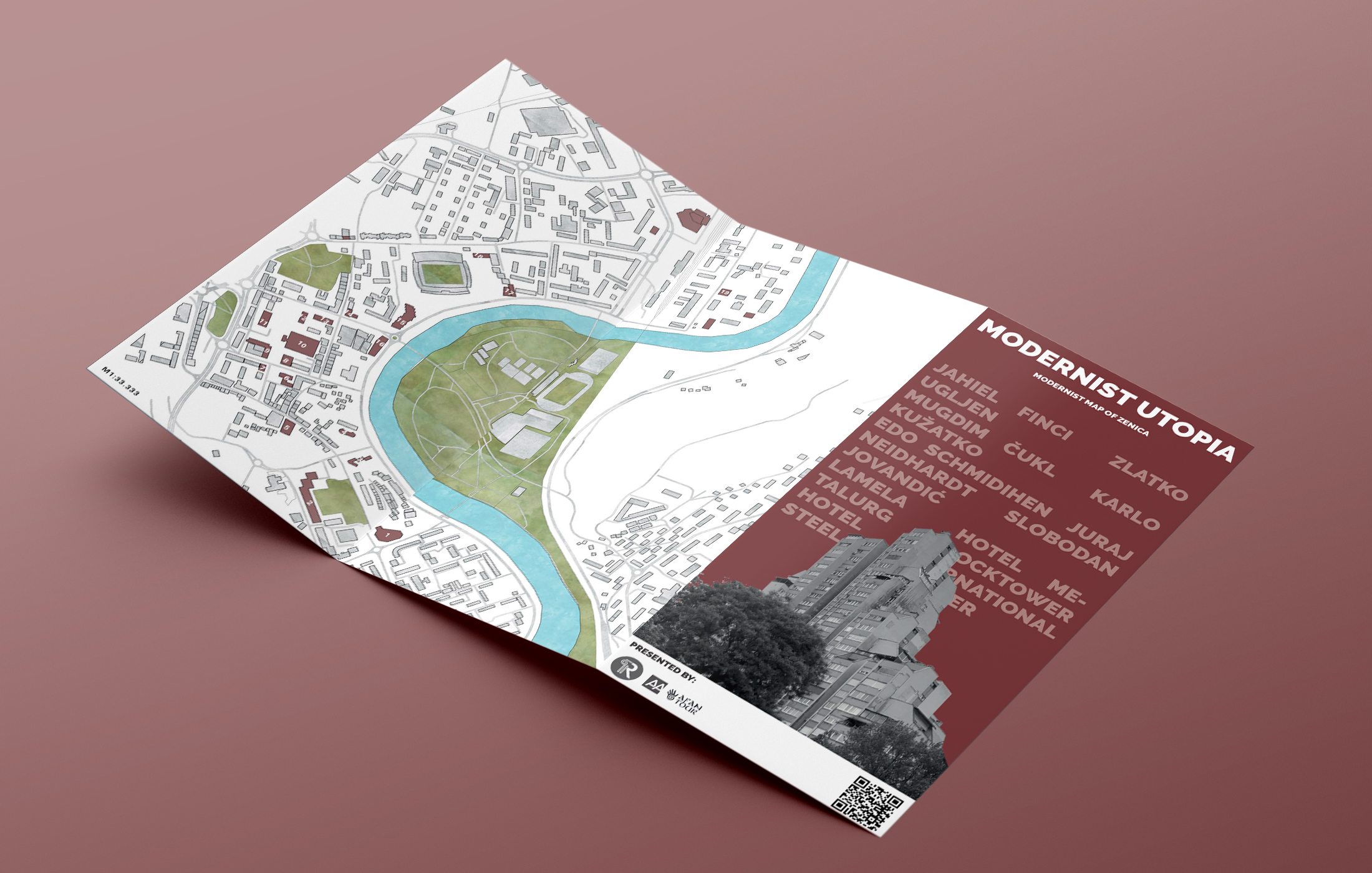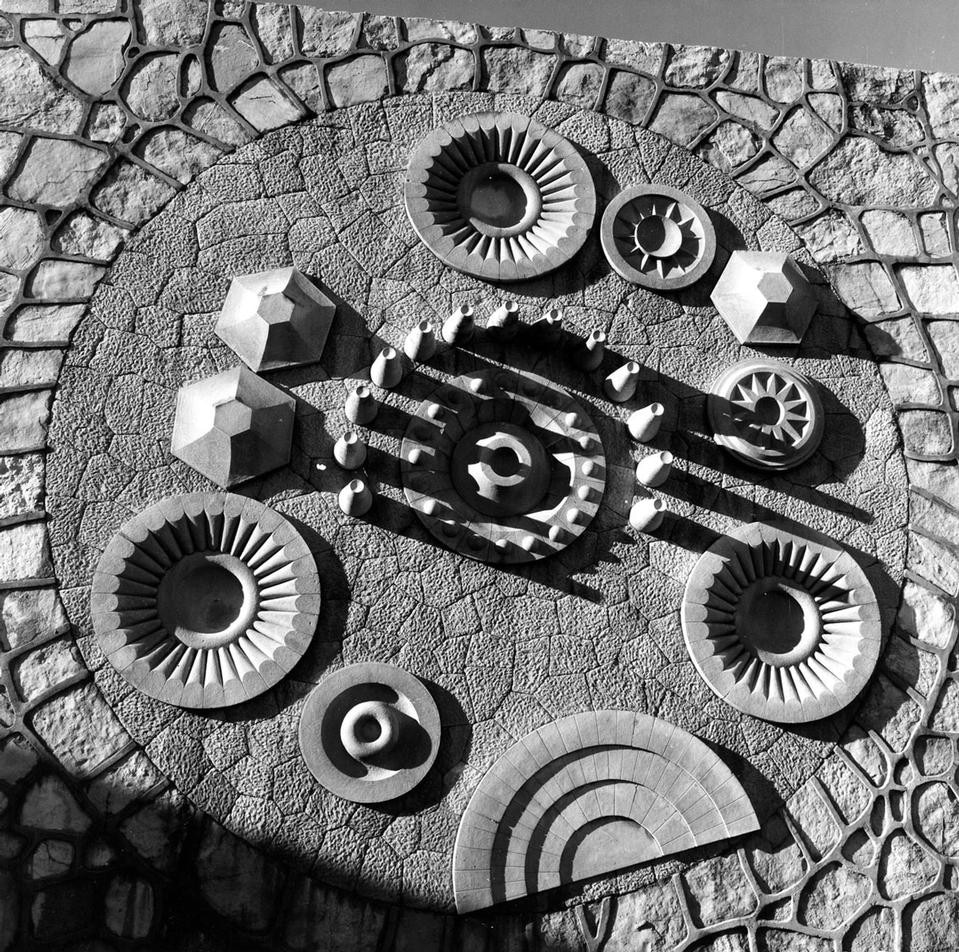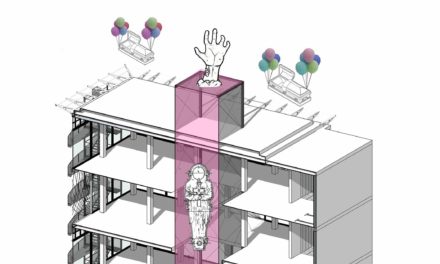Throughout history, we have defined borders as “physical” manifestations of social order. A space that is in constant contact with the engaged areas of control and “security”. No man’s land.
In times of crisis, these invisible lines lead us to reactionary-reflexive, rather than profound solutions: put up a wall so high that only selected individuals will be able to cross to the other side. The Serbian-Hungarian border, a spatial structure whose goal was to achieve order, has become a place of segregation and a conflict zone.
The project manifests itself as a conjunction between two evading paths.
By surging from the landscape, it achieves continuity with the context. An entrance pathway, before the long-awaited opening of the curtain (fatamorgana). A space of distancing, observing, reflection, contemplation or a temporary habitus. The place of pilgrimage.
Author: Fedor Jurić
Location: the border between Serbia and Hungary
Architecture faculty, University of Belgrade
student project, master academic studies 2017/2018





